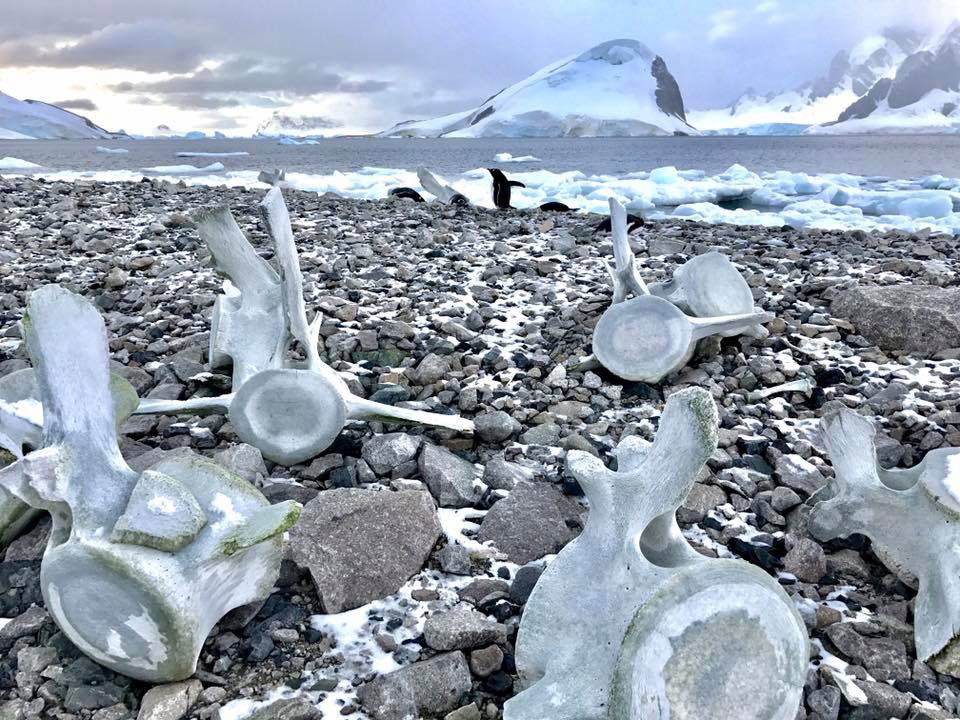
Antarctica. Photo courtesy of: Denis Delestrac ©
“The unprecedented plastic waste tide plaguing our oceans and shores, can become as limited as our chosen relationship with plastics, which involves a dramatic behavioral change on our part…”
— © Claire Le Guern
Excerpts;
A team of researchers from the University of Tasmania has found evidence of microplastics in ice cores collected off the coast of Antarctica.
They also note that prior studies have shown that microplastics in ice can lead to melting due to heat absorption…
Read Full Article, PhysOrg (04-24-2020)
Microplastics pollute most remote and uncharted areas of the ocean; Guardian UK (02-12-2018)
Underwater avalanches are trapping microplastics in the deep ocean; PhysOrg (03-25-2020)
Microplastics pollute most remote and uncharted areas of the ocean; Guardian UK (02-12-2018)
First data ever gathered from extremely remote area of the South Indian Ocean has a surprisingly high volume of plastic particles, say scientists. Currently scientists can only account for 1% of the plastic they think is in the ocean…
Microplastic pollution in oceans is far worse than feared, say scientists; Guardian UK (03-12-2018)
Plastic Pollution / When The Mermaids Cry: The Great Plastic Tide, Coastal Care ©-2009.
Plastic is versatile, lightweight, flexible, moisture resistant, strong, and relatively inexpensive. Those are the attractive qualities that lead us, around the world, to such a voracious appetite and over-consumption of plastic goods. However, durable and very slow to degrade, plastic materials that are used in the production of so many products all, ultimately, become waste with staying power. Our tremendous attraction to plastic, coupled with an undeniable behavioral propensity of increasingly over-consuming, discarding, littering and thus polluting, has become a combination of lethal nature… — © Claire Le Guern









